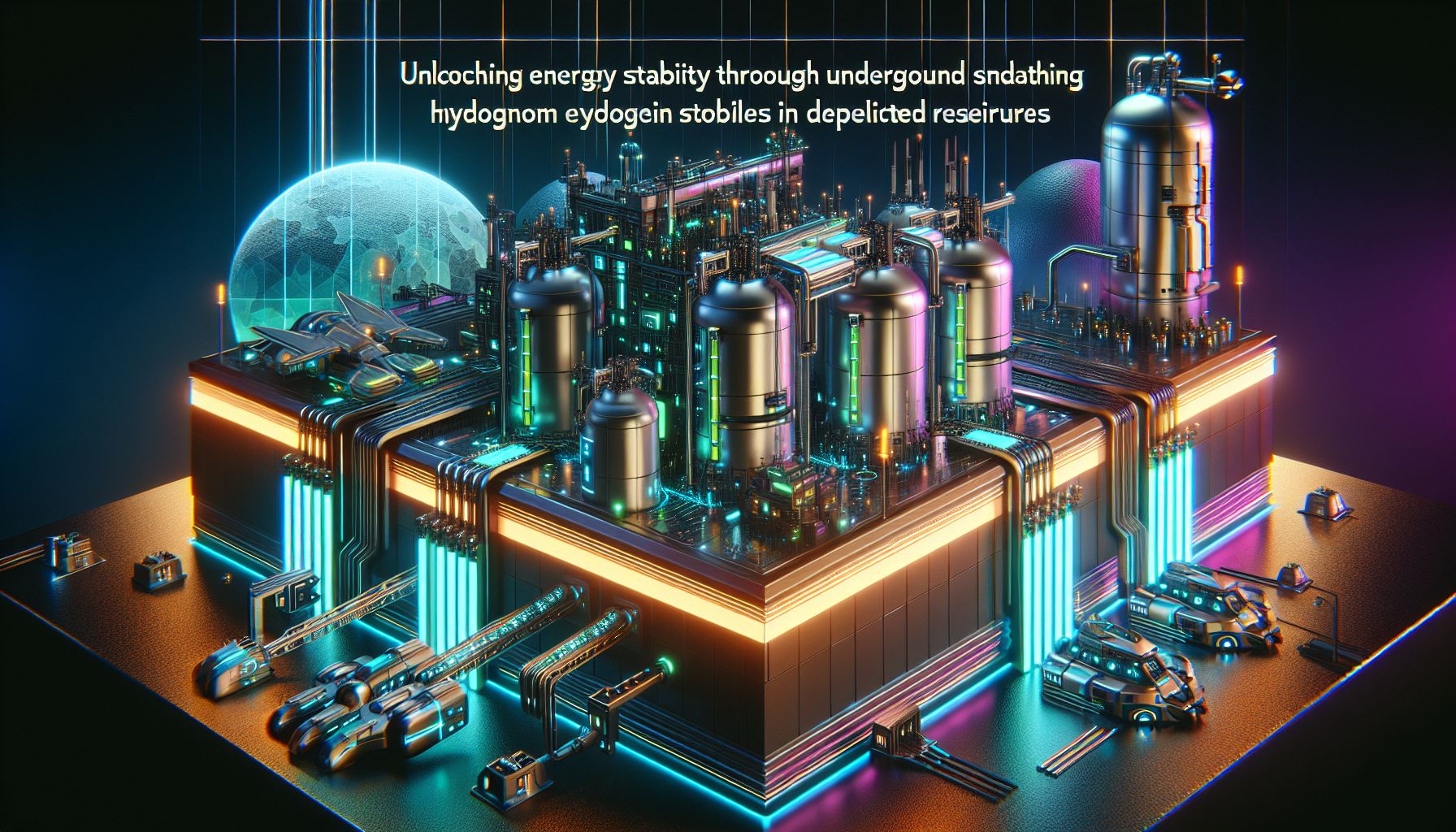Unlocking Energy Stability: The Game-Changing Role of Underground Hydrogen Storage

London, Sunday, 17 August 2025.
Underground hydrogen storage (UHS) in depleted reservoirs stands as a vital solution for smoothing out seasonal energy demand fluctuations, facilitating a greener energy future. Interested in how we balance renewables?
The Hydrogen Challenge
The growing demand for hydrogen as a clean energy carrier is undeniable. Seasonal variances in energy demand make it vital to find a reliable storage solution to maintain a steady supply of hydrogen. Underground Hydrogen Storage (UHS) in depleted oil and gas reservoirs offers a promising answer, allowing us to balance energy seasons without breaking a sweat [1][3]. Think of it as hydrogen’s underground bunker—keeping it safe and ready to spring into action when demand peaks again.
Innovative Screening and Scoring System
Researchers have developed an innovative framework for evaluating potential UHS sites. Criteria consider geological, technical, and economic aspects, along with site-specific risks and environmental impacts. It’s like choosing the best real estate for your future hydrogen hideout. Sites are scored and weighted, ensuring only the top contenders make the cut [1]. With this system, selecting an underground storage site has never been more evidence-based and systematic.
Overcoming Technical Hurdles
UHS isn’t without its challenges. Proper purification processes are necessary to achieve the required hydrogen purity. That’s right, even hydrogen needs a clean start! Moreover, the chemical and physical conditions present hurdles that researchers are diligently tackling. Projects like ‘Underground Sun Storage 2030’ exemplify the ongoing efforts to bring this storage technology to life [4].
Embracing Renewable Integration
One of the shining stars of UHS is its ability to integrate seamlessly with renewable energy sources like wind and solar. Storing excess hydrogen produced during peak production times addresses the variability of renewable outputs. This integration boosts the grid’s resilience and flexibility, and let’s not forget—it also makes the whole system lean towards a greener tomorrow. Just imagine your house powered by last month’s sunshine! [6].
Future Prospects and Implications
The potential impact of UHS on energy policy and the industry is significant. It could serve as a pivotal component in achieving cleaner energy systems and addressing fluctuations in hydrogen availability. It’s not just about storage; it’s a strategic move towards sustainable energy management. With the hydrogen economy poised to reshape global energy dynamics, UHS could be the game-changer we’ve all been waiting for [6].